Tristan Titeux Introduces the ecological benefits of using Bamboo plywood in your home.
My mission is to ensure that all furniture will be totally sustainable in the future.
I want to leave you feeling satisfied that you have taken an important step towards creating a better future for our children.
Bamboo as you probably know is a grass and as you will vouch if you have a lawn, you have to cut it all the time because it grows fast! Some bamboos can grow as fast as 1 meter per day! That is amazing isn’t it? What tree do you know that grows that fast?!
Time lapse video of bamboo growing fast:
Bamboo grows so fast that it can produce 20 times more timber than trees on the same area of land.
Because it grows so fast it has a very short cropping cycle of between 4 and 6 years before you can cut it compared to 30-60 years for comparable trees. Then once bamboo is cut it starts growing again straight away without needing to have the roots pulled up and the ground replanting which also reduces erosion and soil quality because it stays undisturbed for the lifetime of the bamboo.
Bamboo is very strong, stronger than steel
when you try to pull it apart at each end. It is obviously more renewable than steel and returns back into the earth at the end of it’s long life.
It is very dense,
Bamboo is as dense as the hardest hardwoods in the world
making it more water resistant, longer lasting and therefore more sustainable. Bamboo flooring is more moisture resistant, harder and more stable than oak!
It produces 35% more oxygen than deciduous trees
such as the oak making it more efficient at cleaning the polluted air around us.
On the down side it needs to be glued to make Bamboo plywood, but I hope that one day we will find a totally natural, inert, biodegradable plant based glue that will glue bamboo and other woods composites together such as MDF.
Currently there is a great company manufacturing plywood and flooring from FSC certified Moso Bamboo called Plyboo, they also distribute in the UK.
They use a formaldehyde free soya based adhesive called SoyBond made by Ashland which passes tests for 35 different VOC’s. It is easier to clean up and dispose of at the point of manufacture and does not require hazardous waste disposal, which says a lot about how good a product it is compared to current glues. I just hope that they are not using GM soya! One reason why not is the same as the invading species paragraph that I talk about below, that GM could escape and cross pollinate and cause havoc, the other reason is that most if not all GM companies are not ethical, this is another story.
Plyboo Moso Bamboo was the first FSC certified non wood product in the world.
Every year only 20% of the bamboo forest is cut leaving 80% of it standing,
this is a beautiful example of sustainability! They don’t use irrigation, fertiliser or pesticide either.
The makers of Plyboo say that moso bamboo needs no pesticides and fertiliser.
Although bamboo mainly grows in Asia and far away countries which means it has to be shipped, the positive thing is that if people start using bamboo more it means less hardwood trees from the rainforest will be cut down as it’s popularity decreases as well as people becoming more aware of environmental issues because of the promotion of bamboo which constantly refers to the fat that if you choose bamboo it saves precious hardwood trees.
One day when shipping is totally sustainable will we still think it is unethical or unsustainable to ship products around the world? If ships where made of bamboo and powered by air or sea water it wouldn’t be so bad! Of course the ultimate is always to source materials as close to where they will be used.
Anyway I am saying that for now, the promotion of bamboo is a great thing! Better ship bamboo around the world than steel, petrol and unsustainably harvested tropical hardwoods.
Ashland Soya Adesive: http://www.ashland.com/products/soyad-adhesives
A Moso Bamboo Grove that was planted in Louisinana in 1910 by E.A. McIlhenny, being brought back to life by some bamboo enthusiasts: http://www.youtube.com/watch?v=u9lT-cCJm24&feature=colike
This is a fabulous video about how the bamboo from Avery Island has been successfully transplanted for commercial production in the US by an Oregon based bamboo products company:
Short video about trees and how many are being cut every year:
Nice website all about bamboo in the UK: http://www.bamboo-inspiration.com/
Other inspiring sites about Bamboo:
This post misses the fact that bamboo has to be transported around the world but points out some great benefits of bamboo: http://life.gaiam.com/article/how-eco-friendly-bamboo
This post missed the point that bamboo is better transported around the world than endangered species of Rainforest timber! But it makes the very good point that if bamboo has to be processed to such an extent in order to produce a textile then maybe bamboo is not the ideal material for textiles, it is important to find the right material for the right use and not just think that one material will save our world or we will be in danger of one thing taking over just like petroleum did. I believe strongly in ethics and think it is wrong for anyone to mislead for personal gain, this is why my aim is to talk about everything that is and isn’t eco friendly about anything I do. I am all for exposing companies that are just exploiting the green issue without being genuinely interested or caring in the issue and understanding it: http://www.telegraph.co.uk/property/greenproperty/8645517/Are-bamboo-products-really-the-eco-friendly-option.html
This post talks further about the bamboo based fabric which is not very natural. The other good paint they raise is that bamboo can be invasive, so great care needs to taken to ensure we don’t end up introducing plants in areas where they will invade native plants such as we know very well with Japanese Knot weed, rhododendron etc: http://bonne-vie.net/index.php/2009/bamboo-eco-friendly-or-green-disaster/
Here is an interesting site that lists 100 of the most invasive plants, this is an issue that I take very closely to heart as I see this kind of thing happening all around the world in all species, including the American grey squirrel that has invaded the British red squirrel, the same story with the American Crayfish that has invaded ours and the story goes on with all different types of species around the world, in our rivers, in our air, soil and seas: http://www.issg.org/database/species/search.asp?st=100ss
If you are interested to know more about how we can help you can contact us at [email protected]
If I can do anything to help let me know.
Tristan Titeux, 3rd November 2011
Follow me @TristanTiteux on Twitter
Join Custom Carpentry on Facebook.
Search Tristan Titeux in Google for other links.
Main photo taken by Dustin Ross www.dustinross.com

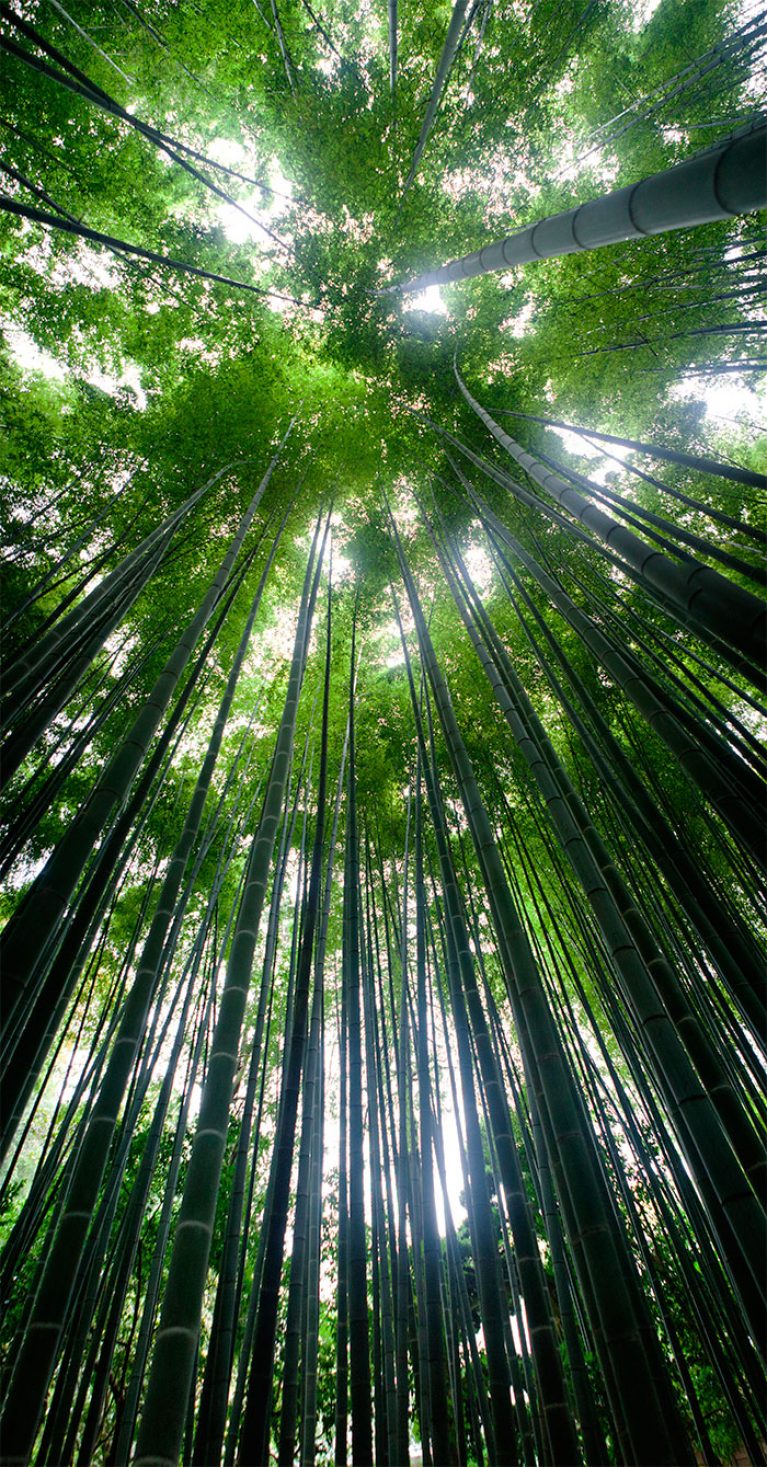
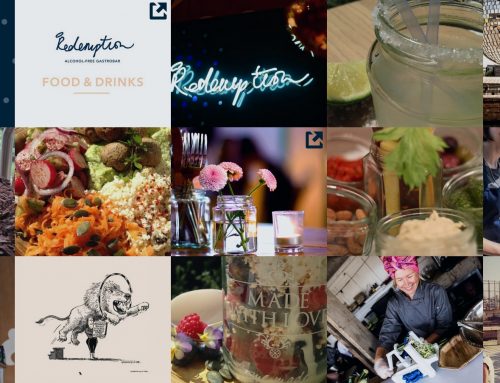

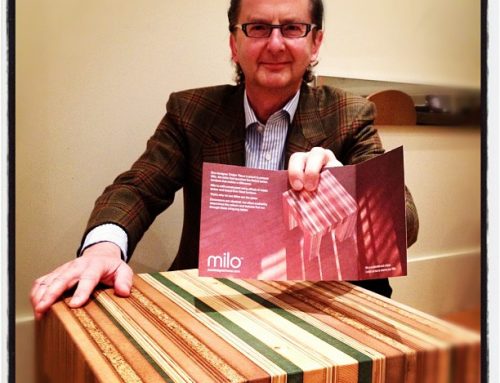
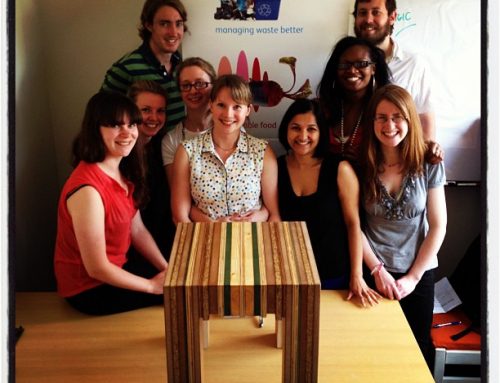
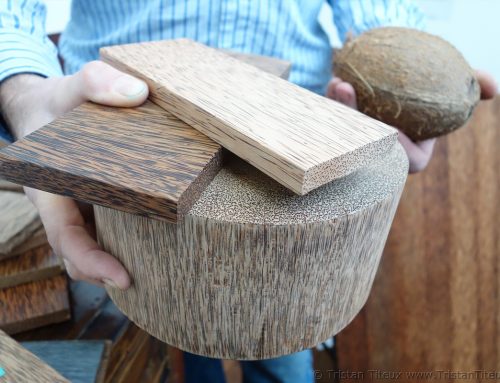
Leave A Comment